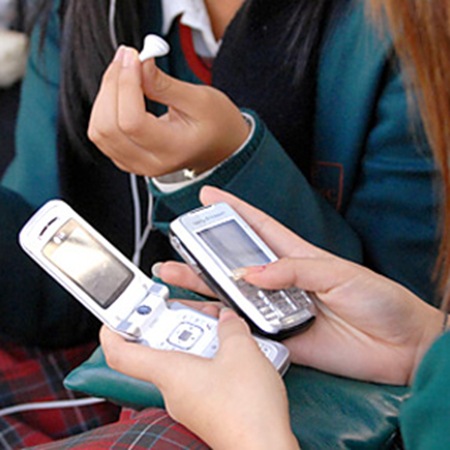Increasing mobile penetration in rural India: one-phone/multiple-numbers at a time.
Comvivia, which was formerly Bharati telesoft, has developed a new virtual SIM technology that allows multiple mobile phone numbers to be associated with a particular handset/physical SIM card such that you do not require a dual SIM device, but can still have more than one mobile number assorted with the handset.

The technology that Comviva has developed allows up to 10 mobile users/numbers to be used for making and receiving the calls from the same mobile handset. Comviva’s virtual SIM technology is already in use in Cameroon via the operator MTN and Comviva is currently in talks with major operators in India to launch this in India too.
The technology is primarily targeted at rural areas where the mobile teledensity is still around 20% and there is much scope for improvement to teledensity of 95% as in urban areas. Imagine a community owned phone that is owned by 10 or more households , with each household having its own number and using that phone to make and receive calls, make mobile payments etc.
While owning a mobile handset all by oneself is not very costly in toady’s market what with 1K-2K good handsets being available, the cost may still be prohibitive in rural areas or for those living BPL. A shared handset makes the mobile connection instantly more affordable.
The technology has other uses also. For eg., businessmen/ sales people who like to keep multiple numbers for different uses/ clients can easily do so without having to invest in dual SIM handsets and with more numbers per handheld.
Similarly college students who like to keep different numbers for different friend groups may also find the technology appealing. There may be other use cases and perhaps you would like to share some use cases you have though of yourself for this virtual SIM technology.
This should definitely spur mobile penetration in villages when it is launched, but if it is launched too late, perhaps people will bypass this and directly go for cheaper handsets as they become even more affordable. In that case it may perhaps find more takers in the niche of businessmen/ college students! Which segment do you thin is going to adopt this technology massively ?

I dont think it will help to increase the mobile penetration in rural India. Why should people will buy 10 diff no when they are using common phone amoung 10 users. It will increase the cost which is the major road block in rural India for mobile penetration. But certainly it will help for urban India where people uses more than 1 cell or duel cell mobile.
I read about Airtel testing with this facility. Its for one operator with multiple sim’s. But dont get much details on this.
Nikhil,
I think, this solution will allow only one operator for multiple numbers. Reason being,this technology is based on a single SIM, and a single SIM(and hence IMSI) is only allowed to be authenticated to one operator,when at home
If comviva has done some contract with multiple operators, that may have to be checked if that impacts the universal scenario of one SIM with one operator. However, that is not done yet since comviva has only launched with Airtel currently, as per my knowledge
this is an interesting technology..and it will definitely find takers, but i have a query which is that can we have mobile numbers of different operators on a single handset or different numbers of a same operator or perhaps of operators in contract with comvivia?